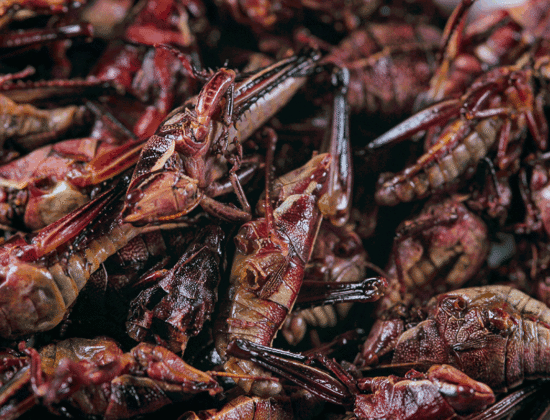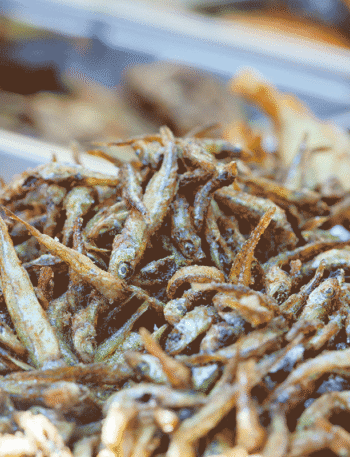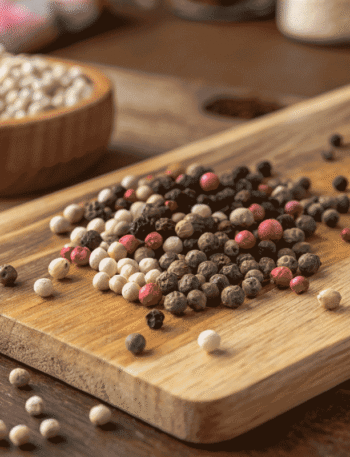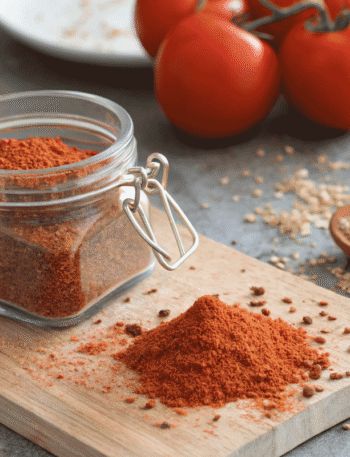In many parts of Mexico, especially Oaxaca, chapulines, seasoned, roasted grasshoppers, are more than a novelty. They’re a deeply rooted snack, eaten for generations and still found everywhere from market stalls to upscale restaurants. For locals and travelers alike, these crunchy little insects are both a curiosity and a conversation starter.
Some people love them. Others hesitate. If you didn’t grow up eating insects, the idea of popping a grasshopper into your mouth might feel strange. But once you get past the concept, chapulines offer a flavor and texture that’s worth exploring.
What Are Chapulines?
Chapulines are grasshoppers that are cleaned, toasted on a hot comal (a traditional Mexican griddle), and seasoned with a mix of salt, garlic, chili, and lime juice. Sometimes, they’re flavored with more regional ingredients like agave worms or smoked chilies. The result is a snack that’s crispy, salty, spicy, and tangy all at once.
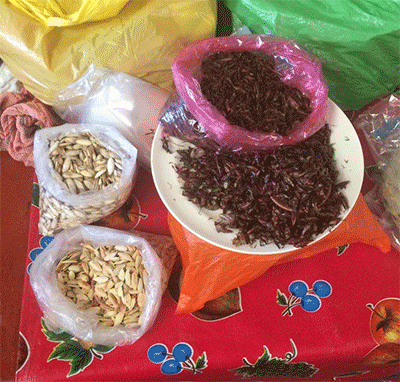
They’re typically eaten as a finger food, much like peanuts or chips. You’ll find them sold by the scoop in markets, often in baskets piled high. They’re also used as a topping on tacos, mixed into guacamole, or paired with mezcal for a salty contrast to the drink’s smoky notes.
Many people say the smaller chapulines are better. They’re easier to chew and less intimidating in appearance. The larger ones can have tougher legs and more defined features, which can be a hurdle for first-timers.
Why Some People Like Them
There are a few reasons why chapulines have fans around the world:
- Crunch Factor: Chapulines are crunchy in a satisfying way. That toasty texture pairs well with drinks and dips.
- Bold Seasoning: They aren’t bland. The chili-lime flavor is assertive, masking much of the natural insect taste.
- Protein and Nutrition: Grasshoppers are high in protein, iron, and other nutrients. For many people, they’re a practical and healthy snack.
- Sustainability: Insects like chapulines require fewer resources to raise than cows or chickens. As more people look for eco-friendly foods, chapulines are getting attention.
Some fans even describe the flavor as nutty or earthy. And because they’ve been part of Indigenous diets for centuries, eating chapulines is also a way to connect with Mexico’s deep culinary history.
Why Others Don’t
Of course, not everyone is eager to try them.
Some people are put off by the visual. You can usually see the legs, wings, and even little eyes. For someone new to eating insects, that can be too much.
Then there’s the aftertaste. As a lifelong cyclist, I’ve had my share of bugs fly into my mouth while riding my bike. Almost all of them have the same funky-insecty aftertaste. Chapulines have it too. No matter how well they’re seasoned, that earthy, slightly bitter flavor comes through in the end. For me, that’s not pleasant, rather, it’s a reminder of long rides and accidental protein.
Texture can be a factor too. Chapulines aren’t soft. They crunch, and sometimes that crunch lingers in a way some people find odd. Especially with the larger ones, you might find yourself picking out legs or feeling a tough bit that takes a moment to chew.
A Taste of History
Chapulines have been part of Mesoamerican diets since before the Spanish arrived. In areas where meat was less accessible, grasshoppers were a dependable and plentiful protein source. Toasting them on a comal with simple seasonings made them shelf-stable and easy to transport. Over time, they became more than a survival food. They became a delicacy.
In Oaxaca, chapulines are often associated with festivals and community gatherings. They’re a common street food and are frequently found in traditional dishes. Some markets even sell flavored varieties like chipotle, tamarind, or garlic-infused, offering a modern twist on an old classic.
The appeal isn’t just flavor. For many, chapulines represent cultural identity. Eating them is a way to honor ancestral practices and support local food systems.
Should You Try Them?
If you’re feeling adventurous, there’s no harm in trying a few. Start with the smallest ones and make sure they’re well-seasoned. Look for vendors that offer samples. Some people prefer them in small doses sprinkled onto a taco or mixed into salsa rather than by the handful.
You might like them. You might not. Either way, it’s an experience that connects you to a food tradition much older than hot sauce or corn chips. It’s also a chance to rethink what we call “normal” food.
As for me, I’ll probably leave the chapulines to others. That funky-insecty aftertaste reminds me too much of cycling through the countryside with my mouth open. But I respect them. They’re part of a rich food culture, and for many people, they’re a beloved snack.

